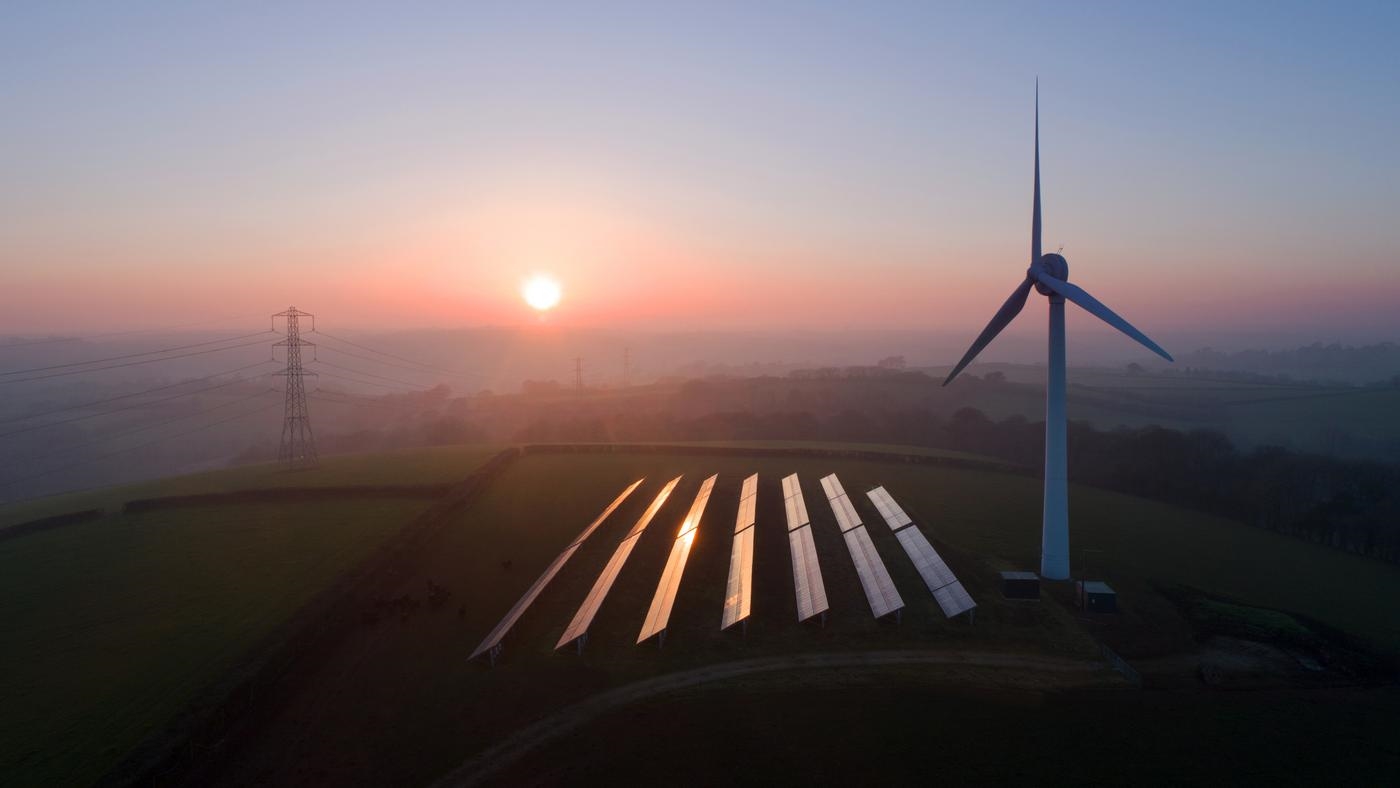Discuss your challenges with our solutions experts
Beyond bunkers: The surprising impact of IMO 2020
The IMO 2020 regulations could have an unexpected but tangible effect on two growing industries: electric vehicles and steel
1 minute read
The impact of the upcoming IMO 2020 regulations on the shipping and refining industries is well understood. And we know that an increase in freight rates for raw materials such as iron ore and coal will likely translate to higher costs for the steel sector.
But if we look a little deeper, there are a few surprises in store.
The IMO’s regulatory changes could push steel costs even higher and have an impact on the nascent electric vehicle (EV) battery industry.
Why?
Because there’s a storm brewing for a relatively niche and little-discussed raw material that is a vital ingredient for both industries: needle coke.
What is needle coke?
It’s a specialist product with two important uses:
1. Making steel: Needle coke produces graphite electrodes to either melt steel scrap or to maintain the temperature of molten steel.
2. Powering electric vehicles: It makes synthetic graphite for use in the anodes of lithium-ion batteries.
Increased competition for low-sulphur crude oil will drive up prices
It’s highly likely that the low-sulphur crude oil that is used to make needle coke could be in short supply when IMO comes into play. And prices are set to rise as more low-sulphur fuel is diverted to the bunker sector, as shippers strive to comply with the regulatory changes.
Come 2020, needle coke producers will either have to contend with increased competition for feedstock, or invest in equipment to allow the use of higher sulphur oils.
Either way, IMO 2020 is likely to mean an increase in needle coke costs.
You might also like:
- Uncertainty shrouds the impact of IMO 2020
- Is the electric vehicle revolution more hype than reality?
Rise of EAF steelmaking pushes up needle coke demand
The steel industry is the main user of needle coke, where graphite electrodes are an indispensable industrial component, particularly in electric arc furnace (EAF) steelmaking.
With the clampdown on outdated steel capacity in China, EAF steelmaking is on the rise again. Its popularity is driving needle coke demand at a time when supply is tightening.
An in-depth view of needle coke’s tightening fundamentals
Bunkers, EVs and steel: a perfect storm in the needle coke sector?
Purchase our reportEV battery anodes will create huge demand growth
Graphite is the largest input material by volume in lithium-ion batteries. Synthetic graphite, derived from needle coke, is the preferred choice for battery manufacturers for its purity and consistency.
We think electric passenger cars (with a plug) will account for 6% of all sales by 2025. Although this is still small, even 6% of sales would increase needle coke demand by 250 kt from current levels.
With demand from steelmaking and lithium-ion batteries expected to see strong growth in the medium term – and question marks over the stability of supply due to the new IMO 2020 restrictions – fundamentals in the needle coke market have the potential to tighten into next year.”
Can a needle coke supply crunch be avoided?
Demand for needle coke is expected to see strong growth in the medium term.
As a specialised product, there are only around 10 major producers of needle coke globally. And there are no greenfield or large-scale brownfield projects currently planned outside of China – a testament to the high capital intensity and technical challenges involved.
While there is some activity in China, we remain sceptical on when this new wave of needle coke supply will come to market, and whether it can meet the strict quality requirements.
There could well be a perfect storm on the horizon for needle coke. Prepare for a knock-on impact in the steel and the electric vehicle battery industries.






